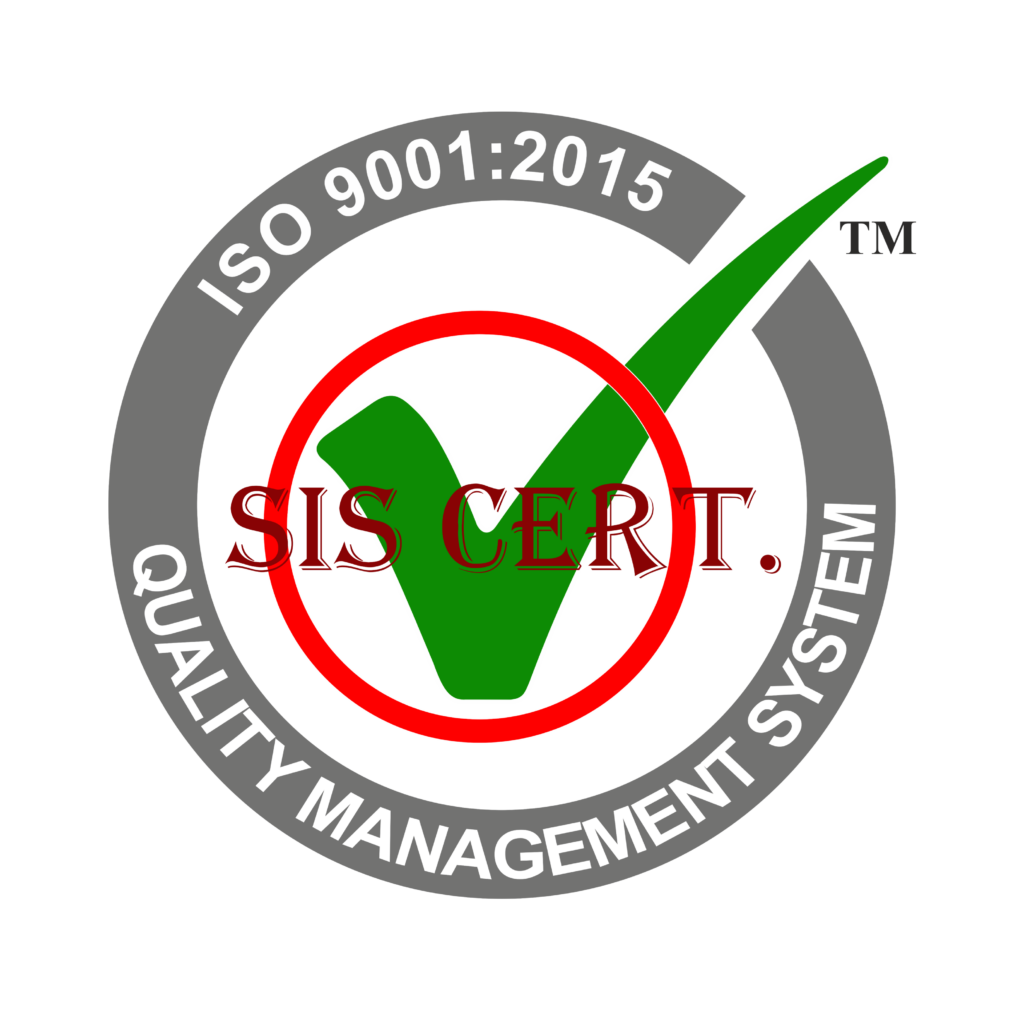Steel production is an important part of the global economy and requires a significant investment of resources. With the right strategies, efficiency can be improved to optimize resources, automate processes, reduce waste, enhance quality, minimize downtime, integrate systems, leverage data, and implement safety measures.
In this article, we explore 14 strategies that can help enhance efficiency in stainless steel production processes.
Key Takeaways
- Optimizing resources and processes is crucial for enhancing efficiency in stainless steel production processes.
- Automating processes through the use of advanced sensors and automation software can streamline production, reduce manual labor, and ensure quality and consistency.
- Reducing waste through the utilization of advanced technologies and lean manufacturing can increase process speed and accuracy, reduce resources used, and improve overall efficiency and profits.
- Implementing effective maintenance strategies, utilizing technology, and integrating systems can minimize downtime, reduce costs, and increase efficiency in stainless steel production processes.
Optimizing Resources
Optimizing resources is essential for ensuring efficient and cost-effective stainless steel production processes. Outlining the focus for production process and technologies in stainless steel industry is key to understanding where best to allocate resources.
By examining current production activities and processes, manufacturers can identify areas of inefficiency and determine how best to allocate resources. With an understanding of the context of stainless steel industry, it is possible to create an outline of the most efficient processes and technologies.
Automating Processes
Automating production processes is an effective way to improve efficiency and reduce costs in the stainless steel industry. By using sophisticated sensors and automation software, manufacturers can streamline production and increase overall output.
Automation helps to reduce manual labor while ensuring quality and consistency. Automation also helps to reduce the need for costly maintenance and repairs, allowing manufacturers to cut costs and increase profits.
Automation of production processes also helps to reduce energy consumption, leading to a more sustainable production process. Automation can also help to reduce waste, leading to a more sustainable and efficient production system.
Reducing Waste
How can waste be reduced to improve efficiency in the stainless steel manufacturing process?
Waste reduction is key to achieving higher levels of efficiency in steel production. Utilizing advanced technologies, such as robotics and automated data collection systems, can help reduce the amount of manually-performed tasks that create waste.
Additionally, implementing processes such as lean manufacturing can help identify and reduce areas of excess waste, as well as increase process speed and accuracy.
Achieving higher levels of efficiency through waste reduction can help reduce the amount of resources used, as well as increase profits and reduce carbon emissions from the manufacturing process.
Enhancing Quality
Achieving higher levels of quality in stainless steel production can be attained by employing various strategies.
Advanced technologies can help detect defects in steel production and allow for more accurate monitoring of quality control measures.
Comprehensive quality control plans can be developed and implemented to ensure that all processes are meeting the required standards.
Investing in employee training can help ensure that workers are knowledgeable about the best practices for steel production and can help to reduce any errors that could lead to production defects.
With these strategies, stainless steel production can be improved with higher levels of quality and efficiency.
Minimizing Downtime
Minimizing downtime is a key strategy for achieving enhanced efficiency in stainless steel production processes. To ensure maximum efficiency, companies must develop an effective maintenance strategy for their production lines and reduce the number of delays that occur.
This can be achieved by regularly scheduling maintenance activities, as well as ensuring that any existing or potential problems are detected early and addressed quickly. Additionally, companies should invest in advanced equipment that automates processes, reduces manual labor, and minimizes the need for human intervention.
Streamlining Operations
Streamlining operations is an important strategy to increase efficiency in stainless steel production processes. By optimizing processes and minimizing non-value-added activities, production teams can reduce costs and increase output. Automation and robotics can be used to reduce manual labor costs and reduce errors.
Streamlined production processes also reduce bottlenecks, such as the need to wait for material deliveries or for manual inspection of finished products. Technologies such as artificial intelligence and advanced data analysis can help identify opportunities for process improvement and increase production accuracy.
Additionally, regular maintenance of production machines and equipment is essential in order to maintain optimal performance and prevent costly downtime. By investing in the right technologies and streamlining operations, production teams can improve the efficiency of their stainless steel production processes.
Improving Maintenance
Regular and thorough maintenance of production machines and equipment is essential for ensuring maximum efficiency in stainless steel production processes.
To avoid costly and time-consuming breakdowns, regular inspections and preventive maintenance should be conducted on a regular basis. This includes regularly checking and replacing worn or faulty parts, as well as lubricating and cleaning production equipment.
Additionally, it is important to ensure that all personnel are adequately trained in the operation, maintenance, and safety of the machinery.
Advanced technologies such as predictive maintenance and preventive maintenance systems can also be used to monitor equipment performance and detect potential issues before they become serious.
Utilizing Technology
By leveraging modern technologies, steel production processes can be optimized for increased efficiency. Through the implementation of Industry 4.0 solutions, such as advanced robotics and artificial intelligence, steel producers can quickly identify and address inefficiencies in their production lines.
Automated production processes can also be utilized to reduce labor costs and ensure a higher degree of accuracy. Additionally, the use of predictive analytics can help anticipate any bottlenecks in the production process and allow for proactive solutions.
Increasing Efficiency
Optimization of production processes is key to increasing efficiency in steel production. To do this, manufacturers must analyze their current processes and identify areas for improvement. Utilizing the right technological solutions can help streamline processes, reduce waste, and boost efficiency. Technologies such as automated systems, advanced data analytics, and robotic process automation can help steel producers reduce downtime and increase production speed.
Additionally, they can help reduce energy consumption, improve safety, and reduce labor costs. To maximize efficiency, manufacturers must also incorporate maintenance strategies into their production processes, as well as analyze their current production lines to identify potential shortfalls.
Reengineering Production
Reengineering production processes is essential to maximize efficiency in steel production. It involves taking a holistic approach to the entire production process, from material procurement to final product quality. By taking into account the cost of materials, the cost of processing, and the cost of delivery, steel producers can identify areas of inefficiency and develop strategies to reduce them.
Additionally, analyzing the production process from a value-added perspective can help to eliminate non-value-adding activities and identify opportunities for process optimization. By using the latest technologies, such as automation, machine learning, and analytics, steel producers can reduce cycle times and improve process efficiency.
Integrating Systems
Building on the previous discussion of reengineering production processes, streamlining operations can be achieved by integrating systems across the entire production system.
This involves connecting all components of the production process from the raw material suppliers, to the manufacturing and finishing processes, and finally, to the customer.
By connecting all aspects of production, businesses can gain real-time insight into their production cycle, allowing for more effective decision-making and improved operational efficiency.
Technology such as cloud computing, automation, and data analytics can also be used to facilitate integration and optimize production processes.
Ultimately, integrating systems across the entire production system can help reduce costs, improve efficiency, and increase productivity.
Leveraging Data
By leveraging data obtained from integrated systems, businesses can gain a greater understanding of their production processes and identify areas for improvement in their stainless steel production efficiency.
Through data-driven insights, companies can optimize their production operations and spot inefficiencies in their processes.
This data-driven approach also allows businesses to develop strategies that are tailored to their unique needs and circumstances, while keeping track of costs, resources, and progress.
A data-driven approach can also help teams prioritize tasks, reduce time-to-market, and increase production speed.
Implementing Safety Measures
Implementing safety measures is an essential part of any stainless steel production process, as they help to protect workers and equipment. Adopting a proactive approach to safety helps to ensure that any potential hazards are identified and addressed.
Additionally, it is important to ensure that workers are properly trained in safety protocols and procedures. This not only helps to reduce the risk of injuries and fatalities, but also helps to minimize the risk of costly downtime.
Furthermore, introducing technologies that monitor workers and equipment can help to ensure that safety protocols are adhered to.
Adopting Best Practices
Once safety measures have been implemented and workers have been properly trained, adopting best practices is essential for optimizing stainless steel production processes.
To ensure efficiency, companies should adopt a system of continuous improvement, utilizing data-driven decision-making to identify areas for improvement.
Automation is also key to eliminating waste and increasing accuracy.
Companies should also strive to reduce energy consumption, with a focus on energy efficiency and sustainability.
Finally, by training and supporting workers to develop new skills, the entire production process can be improved.
These best practices can help companies increase production output while reducing costs.
Frequently Asked Questions
What Are the Best Strategies for Achieving Efficiency in Stainless Steel Production?
To increase efficiency in stainless steel production, advanced technologies and techniques should be leveraged to reduce waste, streamline processes, and optimize output.
What Are the Costs Associated With Implementing New Efficiency Measures?
Implementing new efficiency measures can be costly, though the long-term cost savings and increased production can be invaluable.
How Can the Safety of the Production Workers Be Improved?
To ensure the safety of production workers, it is essential to implement protective measures such as improved equipment, better safety training, and updated regulations. These steps will ensure a safe, efficient, and innovative production process.
How Can the Quality of Stainless Steel Be Effectively Measured?
The quality of stainless steel can be measured through a variety of tests, such as tensile strength tests, corrosion tests, and magnetic permeability tests. Innovative solutions like these can ensure production of a high-quality product.
What Are the Most Effective Ways to Reduce Production Downtime?
To reduce production downtime, focus on preventive maintenance, investing in automation, and training employees in efficient workflow processes. These strategies can help ensure smooth operations and maximize efficiency.
Conclusion
Steel production processes can be made more efficient through a variety of strategies.
Automating processes, reducing waste, enhancing quality, minimizing downtime, integrating systems, leveraging data, implementing safety measures, and adopting best practices are all important tactics that can be employed to optimize resources and improve efficiency.
When utilized correctly, these strategies can help steel producers increase productivity and become more successful.


